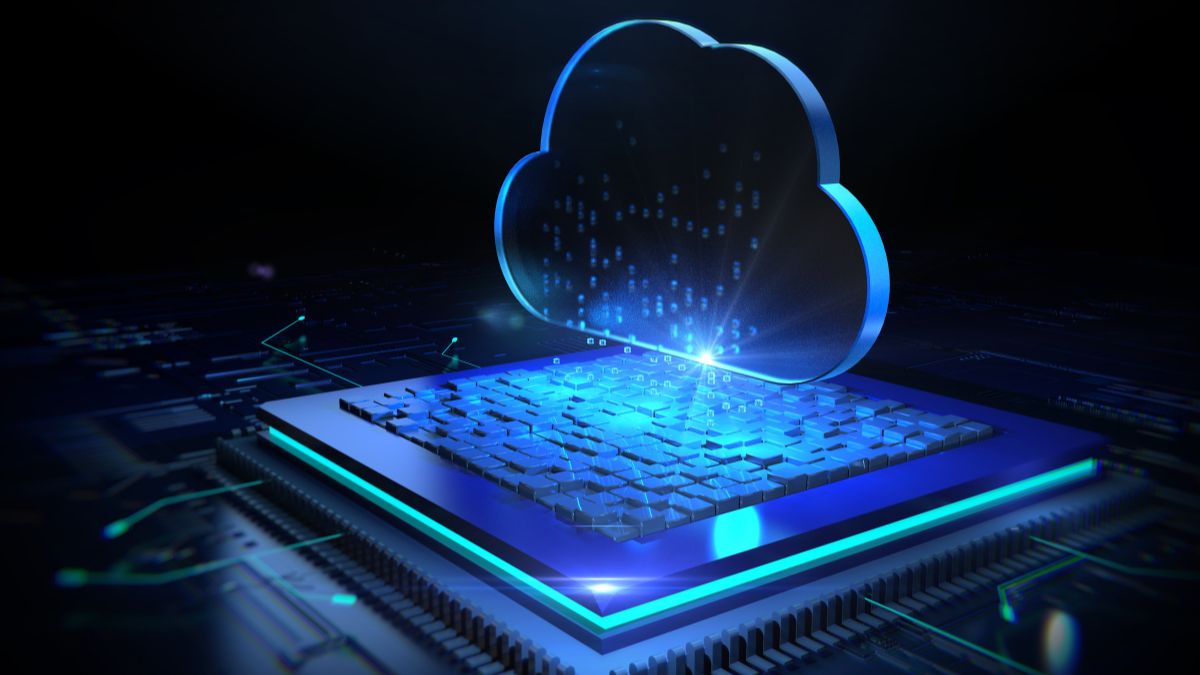As technology advances, businesses are increasingly relying on real-time data processing to improve operational efficiency and enhance user experiences. Traditional cloud computing models, while powerful, are not always ideal for handling latency-sensitive applications. This is where edge computing comes in. By bringing computation and data storage closer to the devices that generate data, edge computing significantly reduces latency and enhances IT infrastructure performance.
In this article, we’ll explore what edge computing is, how it works, its benefits, and how it is revolutionising IT infrastructure management.
What is Edge Computing?
Edge computing is a distributed computing model that processes data closer to its source—at the “edge” of the network—rather than relying solely on centralised data centres or cloud servers. It involves placing computing resources (such as servers, storage, and processing power) near devices like IoT sensors, smartphones, or industrial machines, enabling real-time data analysis and decision-making at the point of data generation.
Unlike traditional cloud computing, which relies on centralised data centres to process and store data, edge computing reduces the need to transfer large volumes of data to the cloud for analysis. Instead, data is processed locally, and only necessary insights or aggregated data are sent to the cloud or data centre, reducing bandwidth consumption and improving response times.
How Does Edge Computing Work?
Edge computing relies on a network of devices, sensors, and local servers that collaborate to perform computations at the edge of the network. Here’s a step-by-step breakdown of how it works:
- Data Generation: Devices like IoT sensors, cameras, wearables, and industrial machines continuously generate data.
- Local Processing: Instead of sending this data to a centralised cloud server, edge computing brings local processing power to the device or nearby gateway. The data is analysed and processed in real-time to extract valuable insights.
- Edge Devices and Gateways: Edge devices (e.g., smart sensors) collect raw data, while edge gateways (such as local servers or computers) perform local processing, aggregation, and filtering.
- Cloud or Data Center Integration: In cases where deeper analysis or long-term storage is required, processed or summarised data is transmitted to the cloud or a data centre.
By offloading computing tasks to the edge, organisations can reduce network congestion, improve response times, and enhance overall system performance.
Key Benefits of Edge Computing
Edge computing brings several significant advantages that are transforming the way IT infrastructure is designed and managed. Let’s explore some of the core benefits:
1. Reduced Latency
One of the primary benefits of edge computing is its ability to drastically reduce latency. Since data is processed closer to the source, the time taken for data to travel between devices and centralised data centres is minimised. For time-sensitive applications like autonomous vehicles, industrial automation, and augmented reality (AR), this low-latency capability is crucial for ensuring real-time responsiveness.
2. Bandwidth Efficiency
Edge computing reduces the need to send large volumes of raw data to the cloud for processing. Instead, only relevant data or insights are transmitted, significantly reducing bandwidth consumption. This is especially important in environments with limited bandwidth, such as remote locations or mobile networks, where sending large amounts of data could be costly or inefficient.
3. Improved Reliability and Availability
By processing data locally, edge computing can ensure that applications continue to function even if there is a temporary loss of connectivity to the central cloud. This increased reliability is crucial for mission-critical systems in industries like healthcare, manufacturing, and transportation, where uptime is vital.
4. Enhanced Security and Privacy
Edge computing can offer improved security by keeping sensitive data closer to the source. Since less data is transmitted over networks, the risk of data breaches or interception is reduced. Additionally, data privacy regulations, such as GDPR, often require that personal data be processed within certain geographical boundaries. Edge computing can help meet these requirements by processing data locally before sharing it with centralised systems.
5. Scalability
Edge computing enables the deployment of distributed systems that can scale more effectively than traditional centralised cloud systems. As more devices and sensors are added to the network, the edge infrastructure can be expanded to meet demand without overloading centralised systems.
Real-World Applications of Edge Computing
Edge computing is rapidly gaining traction across various industries, enabling businesses to harness real-time data insights and optimise operations. Below are a few examples of how edge computing is being applied in different sectors:
1. Industrial IoT (IIoT)
In industries like manufacturing, energy, and logistics, edge computing plays a critical role in monitoring and controlling industrial systems in real-time. Sensors on factory floors can detect anomalies, monitor machine performance, and trigger maintenance alerts without needing to send data to the cloud. This immediate response helps prevent downtime and optimise operational efficiency.
2. Autonomous Vehicles
Autonomous vehicles rely on edge computing to process vast amounts of data from cameras, radar, and sensors in real-time. Edge computing enables these vehicles to make split-second decisions, such as adjusting speed, braking, or changing lanes, without depending on cloud-based systems. The reduced latency is essential for safe and reliable vehicle operation.
3. Smart Cities
Smart cities are using edge computing to manage urban infrastructure, such as traffic lights, street cameras, and environmental sensors. Data collected from these devices is processed locally to optimise traffic flow, reduce energy consumption, and improve public safety. Edge computing enables smart cities to operate efficiently while maintaining low-latency communication and high reliability.
4. Healthcare
Edge computing is transforming healthcare by enabling real-time monitoring of patients, medical devices, and wearable technologies. Data from medical devices can be processed locally to provide immediate insights into patient conditions, which can be used to alert healthcare professionals or trigger emergency actions when necessary. Additionally, edge computing supports telemedicine by ensuring that video calls and patient data are transmitted with minimal delay.
5. Retail and Consumer Services
Retailers are using edge computing to deliver personalised shopping experiences. For example, real-time data from customer interactions can be processed locally to provide instant recommendations, promotions, or dynamic pricing. Additionally, edge computing can help manage in-store inventory and monitor customer behaviour to optimise store layouts and product placements.
Challenges of Edge Computing
While edge computing offers numerous benefits, there are several challenges that businesses must address to fully realise its potential:
1. Complex Deployment and Management
Deploying and managing edge computing infrastructure across distributed locations can be complex. Organisations need to ensure seamless communication between edge devices, gateways, and the cloud, requiring advanced integration and monitoring capabilities.
2. Security and Privacy Concerns
While edge computing can enhance security, it also introduces new risks. As more devices are connected to the edge, securing the entire network becomes more challenging. Ensuring that data is encrypted, access is controlled, and devices are protected from cyber threats is essential.
3. Data Governance and Compliance
Managing data across distributed locations can be challenging, especially when it comes to compliance with data protection regulations. Organisations need to establish clear policies for data storage, processing, and sharing to ensure they meet legal and regulatory requirements.
The Future of Edge Computing
The future of edge computing looks promising as more industries adopt it to enable real-time decision-making and enhance user experiences. As the number of connected devices continues to grow, edge computing will become a critical component of the IT infrastructure.
In the coming years, advancements in AI, machine learning, and 5G technology will further enhance the capabilities of edge computing, allowing businesses to process even more data at the edge and drive greater innovation.
Conclusion
Edge computing is transforming IT infrastructure management by providing low-latency, scalable, and efficient data processing capabilities. By bringing computation closer to the source of data, businesses can unlock real-time insights, improve system reliability, and reduce operational costs. As industries across the globe continue to harness the power of edge computing, it will play an increasingly important role in shaping the future of IT infrastructure.










